Description
Cabbage – Pak Choi White Stem
Cabbage Pak Choi White Stem. An easy and fast to grow, Chinese non-heading cabbage that is 8 to 10 inches long, producing tender, loose, spoon -shaped leaves with thick white ribs. Crisp and mild and great for oriental cooking. Is cold-resistant and grows over a long period of time. Harvest in around 45 days.
Cultivation advice for Cabbage Pak Choi White Stem
Certainly! Here are additional tips for cultivating Cabbage Greyhound:
- Prior to planting, conduct a soil test to check nutrient levels and pH. Ensure the soil is well-draining to prevent waterlogging, which can cause root rot.
- Cabbage Greyhound prefers cool temperatures and can tolerate mild frosts. It’s essential to provide adequate moisture and shade during hot weather.
- If seedlings are overcrowded, thin them to the recommended spacing to allow ample room for growth and proper air circulation.
- Use drip irrigation or water at the base of the plant to keep foliage dry and reduce the risk of fungal diseases. Water in the morning to allow excess moisture to evaporate during the day.
- Apply a balanced fertilizer every 3-4 weeks during the growing season to provide consistent nutrition.
- Practice crop rotation yearly to prevent diseases like clubroot. Use disease-resistant varieties if available.
- Implement companion planting with herbs or flowers that repel pests, such as marigolds or thyme, to deter cabbage pests naturally.
- If the heads grow large and heavy, consider providing support by gently tying them together with twine to prevent them from splitting.
- Regularly inspect plants for cabbage worms or caterpillars. Handpick or use organic solutions like neem oil to control infestations.
- Mulch not only conserves moisture but also acts as a barrier, preventing soil-borne diseases from splashing onto plant leaves.
- In regions with mild winters, consider planting Cabbage Greyhound in late summer for a fall harvest, ensuring it matures before the first frost.
- Monitor plant development regularly and adapt care practices based on the plant’s needs and local environmental condition
- Plant Pak Choi seeds in early spring or late summer, ensuring they have adequate time to mature before temperatures become extreme. Choose a location with partial shade to full sun exposure.
- Prepare well-draining, fertile soil rich in organic matter. Aim for a slightly acidic to neutral soil pH level (6.0-7.0) for optimal growth.
- Sow Pak Choi seeds thinly about ½ inch deep in seed-starting trays or directly into prepared garden beds. Transplant seedlings when they have developed a few true leaves, spacing them around 6-8 inches apart.
- Maintain consistently moist soil for Pak Choi throughout its growth. Water deeply and regularly, especially during dry spells, but avoid waterlogging.
- Apply mulch around the base of the plants to retain soil moisture and suppress weed growth. Mulching also helps maintain even soil temperatures.
- Before planting, incorporate well-aged compost or a balanced fertilizer into the soil. Side-dress with a nitrogen-rich fertilizer when the plants reach about halfway to maturity.
- Provide shade during hot summer days and protect from frost in colder climates to prevent bolting (premature flowering) or damage to the tender leaves.
- Monitor for pests like aphids, flea beetles, or cabbage worms. Use row covers or organic pest control methods to deter insects. Maintain good air circulation to prevent fungal diseases.
- Harvest Pak Choi when the leaves are still tender and the heads are about 6-8 inches tall. Cut the outer leaves first or harvest the entire head, leaving the roots intact for regrowth.
- Use harvested Pak Choi immediately for the freshest taste. Store unwashed leaves in a perforated plastic bag in the refrigerator for a few days.
- Plant Pak Choi alongside aromatic herbs like basil or mint to deter pests naturally.
- To extend the harvest, consider successive plantings every few weeks. Fall planting can offer a late-season crop.
- Pak Choi is versatile in the kitchen and can be used in stir-fries, soups, salads, or steamed as a nutritious side dish.


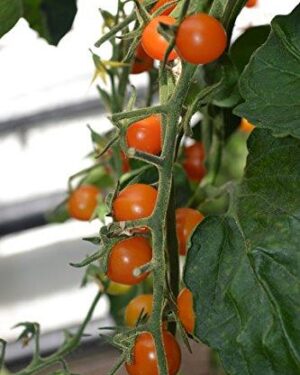
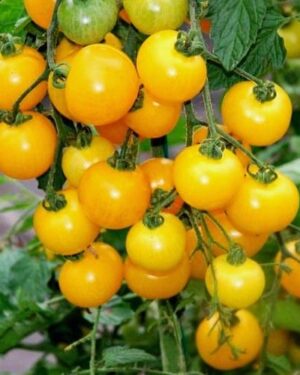
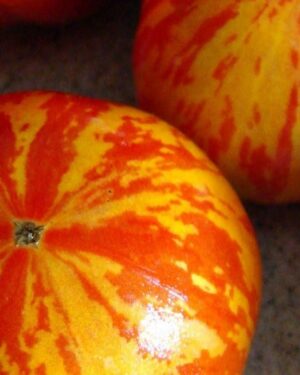
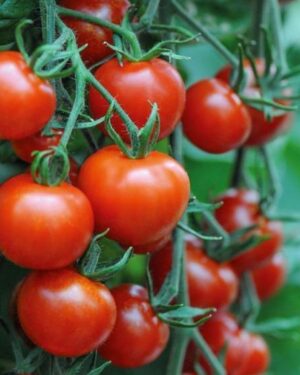
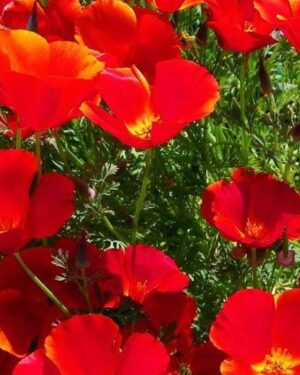
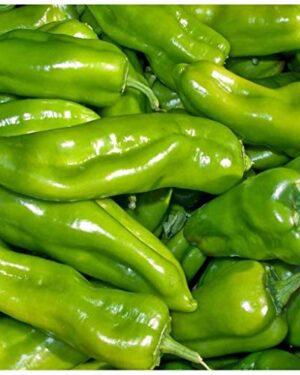

Reviews
There are no reviews yet.